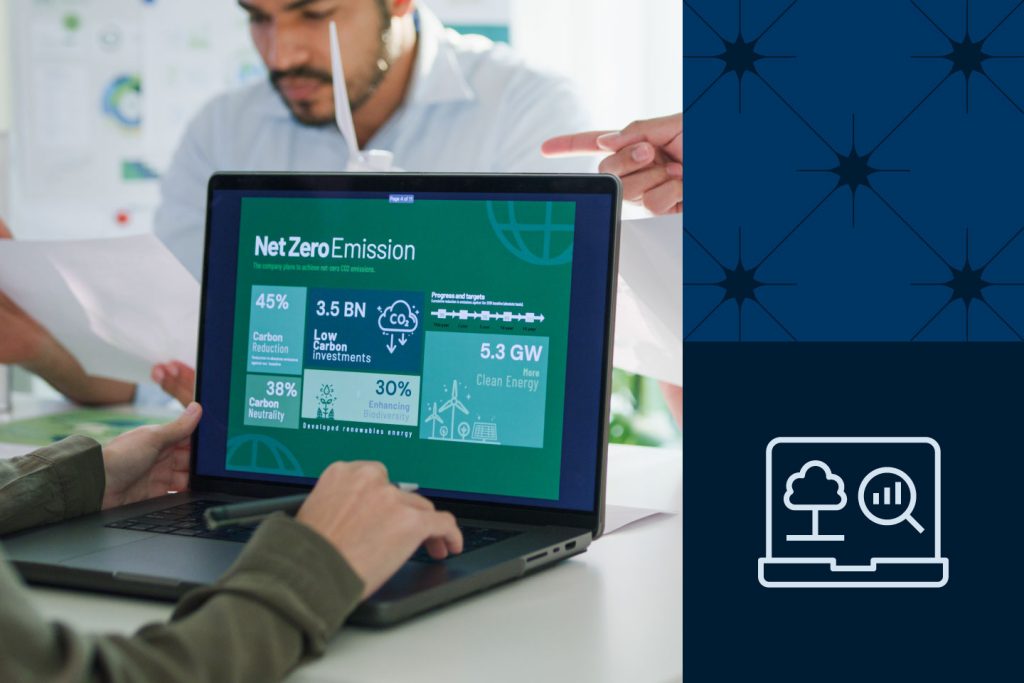Sustainable Cloud Consumption: Reducing Carbon Footprint with Smart Strategies
Learn how sustainable cloud computing cuts carbon emissions through AI optimization, renewable energy, and edge computing for better outcomes

The explosive growth of cloud services has created an urgent challenge: the soaring energy demands of data centers worldwide and the mounting environmental pressures from our digital transformation, including Web3 technologies and digital-first business models.
Today’s data centers consume roughly 1% of global electricity—a figure that’s climbing fast as companies deploy more AI applications, connected devices, and digital services across their operations.
This reality is reshaping how we think about cloud infrastructure entirely. Organizations are now racing to build sustainable, efficient cloud operations that meet strict environmental standards while supporting the ambitious goals outlined in the 2030 global sustainability agenda.
From Energy Drain to Energy Ecosystem

The shift toward renewable energy is happening at breakneck speed across major cloud providers. Amazon Web Services’ recent partnership with energy company RWE shows how the industry leaders are going all-in on clean power—investing billions in dedicated solar farms and wind installations to directly offset their data processing footprint.
But the sustainability revolution goes way beyond just switching to green electricity. Data centers are getting creative with advanced cooling systems—think liquid cooling and heat recovery setups that slash energy waste while actually putting that excess heat to work.
Some facilities are already piping their waste heat into local district heating systems, essentially turning what used to be environmental waste into a community resource. It’s a win-win that’s creating genuinely circular energy systems.
Green Thinking Software

Modern applications are getting smarter about their environmental impact. Today’s eco-conscious software can automatically shift workloads to regions running on cleaner energy, schedule heavy processing tasks for times when renewable power is most abundant, and constantly optimize resource usage based on real-time carbon data.
This means cloud platforms can now balance performance and sustainability automatically, making split-second decisions to minimize environmental impact without users even noticing.
Edge computing is proving to be another game-changer for sustainable IT. By processing data closer to where it’s generated—whether that’s IoT sensors, mobile devices, or local servers—companies can dramatically cut down on long-distance data transfers and reduce their overall energy footprint.
The combination of centralized cloud and distributed edge computing is creating hybrid architectures that deliver both the performance modern businesses need and the sustainability outcomes they’re being held accountable for.
Cloud Services for Smart, Responsible Growth
At Ikusi, we help companies navigate their shift toward smarter, greener cloud environments. Our Computing and Storage in Hybrid Data Centers bring together industry best practices—from partnering with renewable energy-committed providers to designing architectures that put energy efficiency first and deploying optimized cloud-edge hybrid systems.
Going green with your cloud strategy isn’t just about doing the right thing environmentally. It’s also a smart business move that typically delivers real operational savings and helps companies stay ahead of increasingly strict environmental regulations.
With Ikusi’s expertise, your cloud infrastructure becomes a platform for innovation that drives both business results and positive environmental impact.
Send us your information and we will contact you.